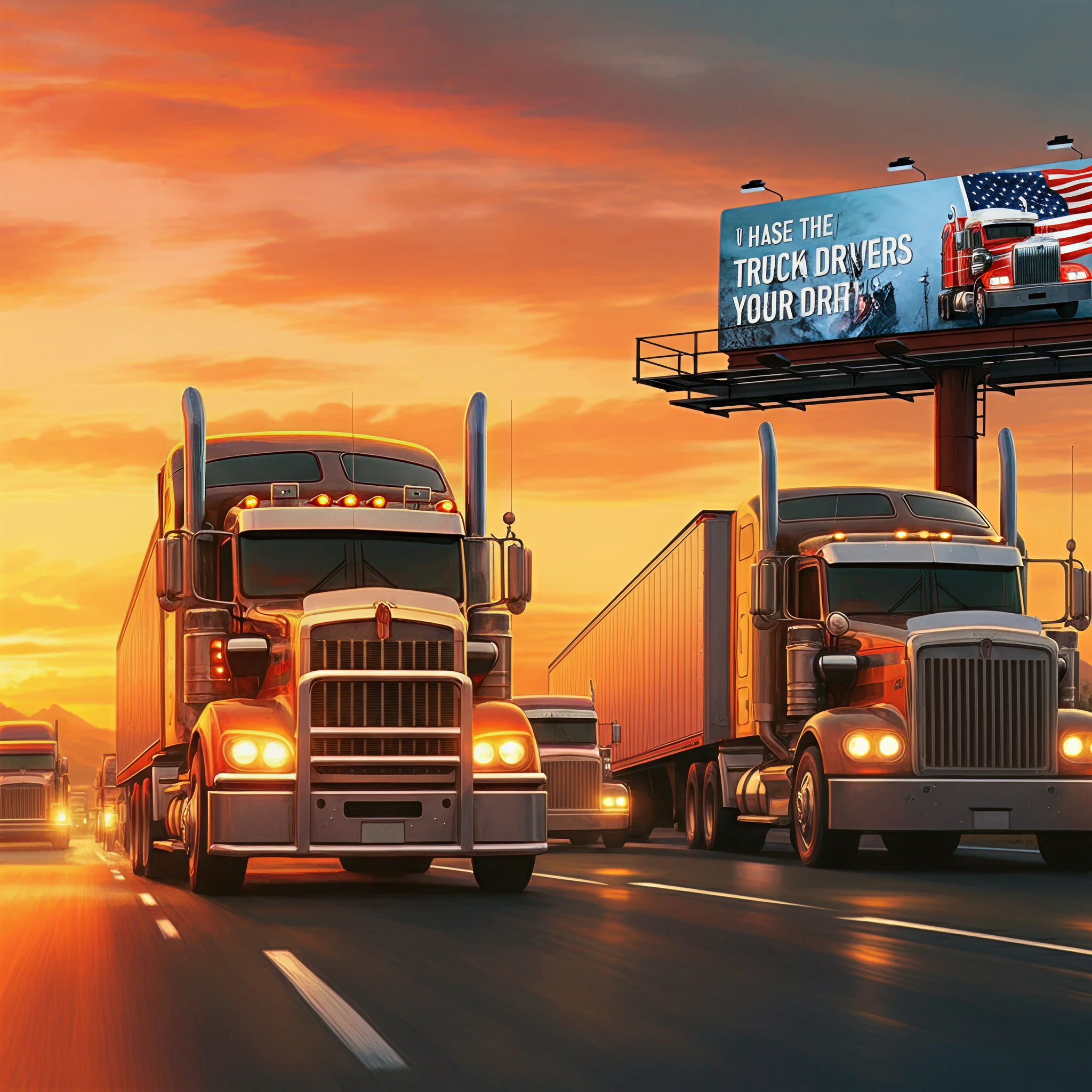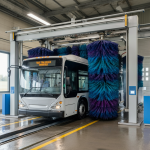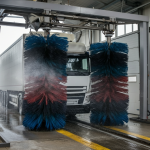The trucking industry is the backbone of America’s economy. With nearly 3.5 million truck drivers operating across the country, this essential workforce delivers an astounding 72.5% of the nation’s freight, contributing significantly to the U.S. GDP. Yet, despite their importance, truck drivers often face extensive regulations, high operating costs, and increasingly challenging working conditions.
Recently, former President Donald Trump turned his attention to the trucking industry, proposing a set of “Commonsense Rules of the Road” aimed at easing the burden on truck drivers and boosting the sector’s efficiency. This blog explores Trump’s proposals and what they could mean for the future of American trucking.
A Leader’s Focus on Trucking
Donald Trump has long recognized the significance of blue-collar jobs in shaping America’s economy, and trucking is no exception. During his presidency, Trump highlighted the critical role of truck drivers in keeping the country moving—even hosting a White House visit with truckers to celebrate their contributions.
Now, Trump has unveiled his “Commonsense Rules of the Road,” a framework aimed at addressing the most pressing challenges faced by America’s truck drivers. Designed to reduce regulatory red tape, prioritize safety, and improve working conditions, these initiatives focus on creating a sustainable, prosperous future for the trucking industry.
A Breakdown of the “Commonsense Rules of the Road”
Here’s a closer look at the key aspects of Trump’s proposals and their implications for truck drivers and the transportation sector as a whole.
1. Simplified Regulations to Cut Red Tape
Trump’s plan calls for a rollback of overly complicated regulations that often burden truck drivers and companies.
- What this means: Current federal wage and hour rules, outdated emissions standards, and inspection requirements can be overwhelming for smaller trucking businesses. Trump’s proposal aims to create a more streamlined regulatory environment, freeing truckers from excessive administrative tasks and costs.
- Why it matters: According to the American Transportation Research Institute (ATRI), regulatory costs account for tens of thousands of dollars annually for trucking companies. Simplifying these rules could provide much-needed relief.
2. Enhanced Road Safety Measures
Recognizing the need for safer highways, Trump’s rules put an emphasis on improving road conditions and investing in modern infrastructure.
- What this means: Proposals include increasing federal investment in road repairs and expanding highway lanes in high-traffic areas. Additionally, Trump suggests using technology like advanced safety systems to prevent accidents.
- Why it matters: According to the Federal Motor Carrier Safety Administration (FMCSA), commercial trucks were involved in over 450,000 crashes in 2021. Reducing accidents isn’t just good for drivers, but improves public trust in the industry.
3. Support for Fair Pay and Working Hours
Trump’s initiative stresses the need for fair wages and reasonable working hours for truck drivers.
- What this means: Beyond the paycheck, drivers often grapple with unpaid wait times at loading docks and long hours behind the wheel. By supporting fair-pay legislation and overtime protections for drivers, Trump’s plan seeks to foster better working conditions.
- Why it matters: The ATA (American Trucking Associations) highlights that driver shortages are partially due to inadequate compensation paired with intense work pressures. Attracting talent requires better support for drivers.
4. Fuel Tax Reforms and Cost Reductions
Fuel is one of the largest expenses for truck drivers and fleets. To alleviate this, Trump’s plan focuses on reforms in fuel taxes and incentivizing alternative energy in trucking.
- What this means: Proposed changes aim to freeze or lower federal fuel taxes while encouraging investment in fuel-efficient technologies for fleets.
- Why it matters: With diesel prices hovering around $4.50 per gallon in many states, any reprieve would dramatically reduce operating costs for truck operators.
5. A Roadmap for Driver Recruitment and Training
The proposal emphasizes strategies designed to attract more people to trucking and ensure proper training to meet industry demands.
- What this means: By offering grants and incentives for new driver training programs, particularly for veterans and young workers, Trump’s plan seeks to address the driver shortage.
- Why it matters: The trucking industry faces a shortage of over 80,000 drivers, according to ATA reports. Building a new generation of truckers is critical for future growth.
How These Rules Could Shape the Industry
The potential impact of these proposed rules could be significant, not only for truck drivers but for everyone who relies on the smooth movement of goods.
Economic Implications
The trucking industry is a key driver of economic stability. Lower operational costs, brought on by reduced regulations and fuel tax reforms, could result in more affordable goods for consumers. This aligns with Trump’s focus on maintaining a strong middle class by keeping everyday essentials affordable.
Safety and Infrastructure Improvements
Truckers spend countless hours navigating America’s roads, which are in desperate need of repairs. Increased federal infrastructure spending, as proposed, could drastically improve driving conditions while enhancing safety for truckers and all road users.
Boosting Driver Retention
Better compensation and work conditions can directly address the growing issue of driver attrition. Implementing fair wages, overtime protections, and training incentives is a positive step toward alleviating the driver shortage and ensuring industry sustainability.
Insights from Industry Experts
To provide a balanced perspective, we’ve compiled quotes and insights from professionals within the trucking community.
“The regulatory burden has discouraged smaller trucking companies from thriving. Simplifying compliance requirements could allow them to compete more effectively.”
– Michael Holt, Transportation Consultant
“Investing in road safety technologies is crucial. It’s not just about making highways safer for truckers but ensuring the well-being of all drivers on the road.”
– Karen Adams, Infrastructure Policy Analyst
“Encouraging new talent with training programs is long overdue. Attracting younger drivers is key to maintaining the continuity of trucking as an industry.”
– James O’Connor, ATA Representative
While Trump’s proposals have received praise for addressing pain points in the industry, critics point out that the timeline for implementing such changes remains uncertain. Balancing deregulation with safety and environmental standards will also require careful consideration.
Driving Change for America’s Truckers
Donald Trump’s “Commonsense Rules of the Road” offer a vision for revitalizing the trucking industry. By focusing on reduced regulatory burdens, better pay for drivers, and enhanced safety measures, the plan could create a more sustainable, efficient, and thriving future for America’s truck drivers.
For transportation professionals and truckers, supporting initiatives that enhance the industry’s future is essential. Advocacy, awareness, and constructive dialogue will play a key role in making these proposals a reality.
What do you think about these proposed changes? Will they benefit your business and drivers? Join the conversation by commenting below or sharing this article with your network.




